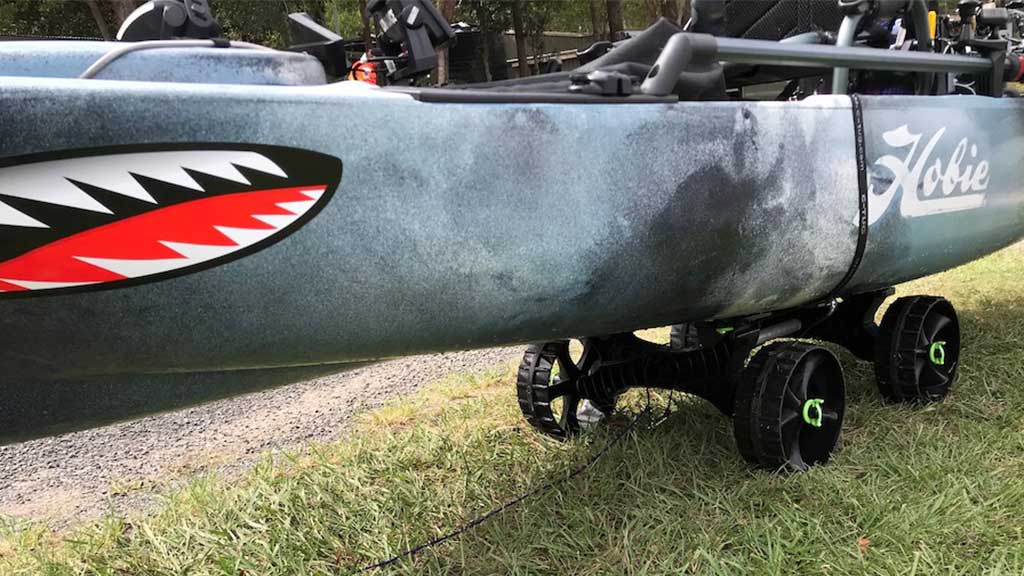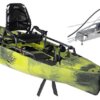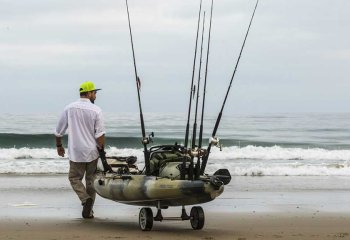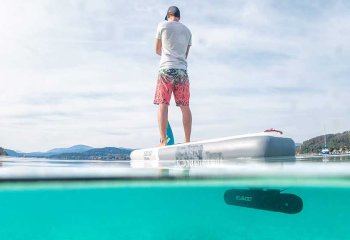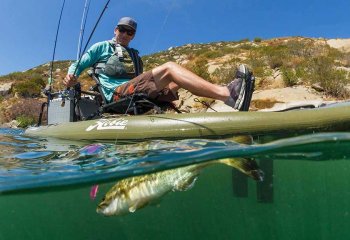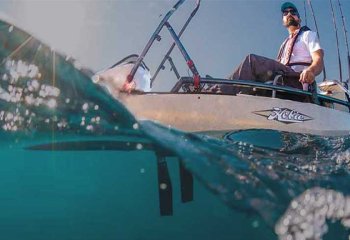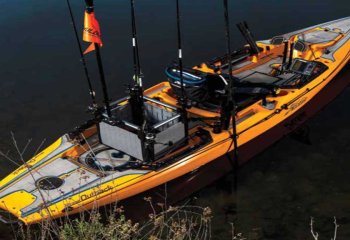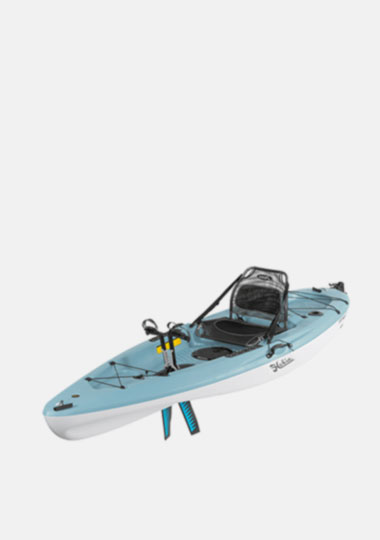No products in the cart.
Kayak Wheels
Looking through my shed I have amassed quite the collection of kayak wheels, mainly Railblaza and Hobie to be exact and depending on the which kayak I’m going to use and or the location I’m going to launch from often dictates what set I’m going to use. So, in this article I’m going to walk you through when and how I use my collection of kayak wheels.
So, the best place for me to start is stating exactly what wheels I have, first up is the Railblaza C-tug of which I have 2, one set up with the new R conversion rail mounts and another set up with the hull pad mounts, both sets have the (Kiwi) standard wheels. The reason I have one of each is simply to use with different kayaks, for example with my Hobie PA 12 I use the C-tug with rails because of the tunnel shaped hull and when using the Lynx I opt for the C-tug with hull pads because of the flat bottom hull. The other set of wheels I have is the Hobie Trax 2-30 which fits into the scupper holes of either kayak, the main advantage of these type of wheels is that you can literally pull your kayak over sand and mud for long distances without the wheels getting bogged down.
Railblaza wheels
The cool thing about the Railblaza is they are a relatively small set of wheels that can be stashed away in the kayak easily but before the introduction of the rail mounts this set of wheels was quite frustrating to use with my Hobie PA 12 because they never quite fitted to the hull properly due to the tunnelled shape, this led to the wheels slipping and skewing off centre when walking the kayak down the road. That being said that Railblaza rectified this issue by releasing the rail mount kits which allow you to match the Railblaza wheels up to the hull and now the wheels no longer skew off centre when manoeuvring the kayak around. As I mentioned earlier when using the Hobie Lynx I opt for the C-Tug with the hull pads simply because the Lynx hull is flat and once strapped down, they don’t tend to move. For the both set ups I mainly use them to walk my kayaks from home to the water via the roads and footpaths. Another advantage of using the Railblaza wheels is they can be positioned under the hull to get the perfect balancing point of your kayak and when pulling your kayak for a longer distance, getting the balancing point spot on makes a huge difference when walking your kayak about the place, even when loaded.
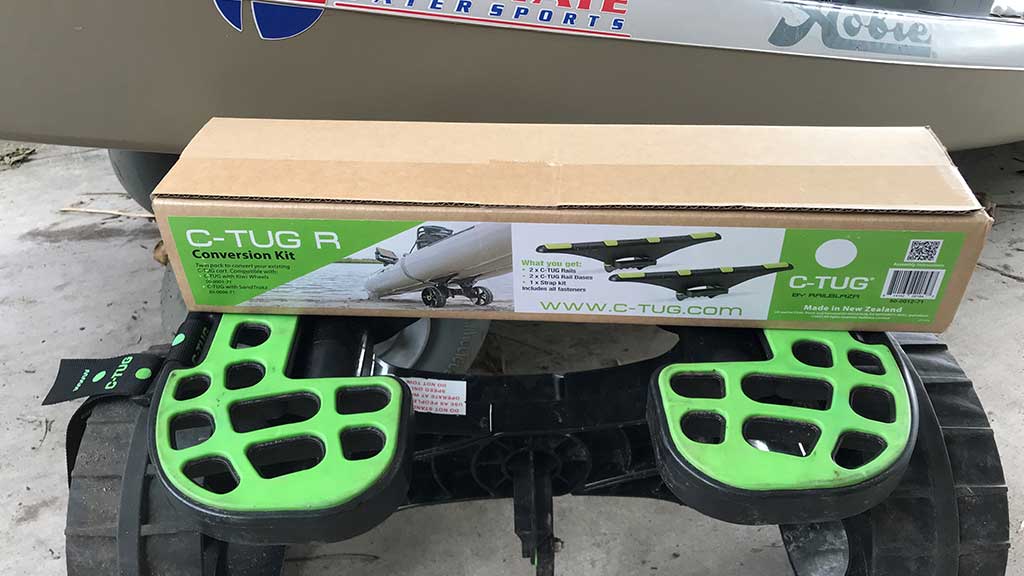
Hobie wheels
Now for the Hobie wheels, I haven’t managed to find a set of wheels that compares to this set and if you’re intending to launch from a beach, muddy area or tackling some rather rough and uneven county on your way to the water than this set of wheels is for you. Like anything with big wheels these wheels will allow you pull your kayak over sand with ease, they also work really well on flat ground, foot paths and roads. As I mention earlier these wheels slot up into the scupper holes so to get you kayak balance perfect you may need to move your gear back and forth to find a nice balance point. Once at the water you need to either lift or roll your kayak to one side to get the wheel out, likewise one the return you’ll either need to roll the kayak to one side or set up a bungie type system to the pull the wheels into position. Now this can be a negative for some but once you’ve worked out a system / process to get the wheels in and out it really isn’t a big deal. So, when do I opt to use these wheels? Basically, if I think I may need to get over some tougher terrain to launch or recover my kayak and when I’m going away overnight camping from my kayak.
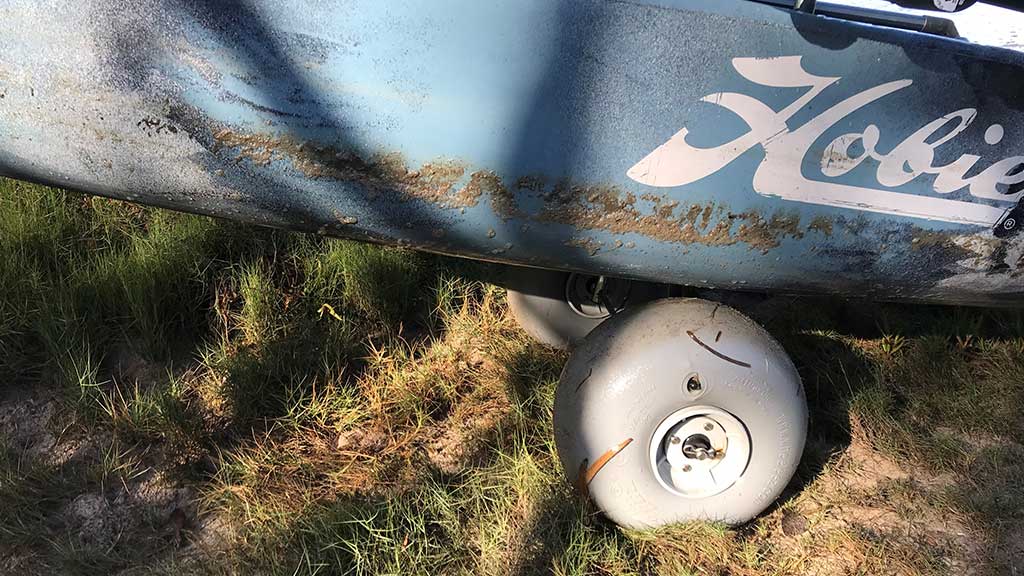
Talking at length with other kayak owners about their set up’s and there wheels, I honestly don’t think there is a set of wheels on the market that is going to be the best at every situation and its more about using a set that best suits your requirements and situation, I my case I have collected a few sets to cover all bases.
I hope you enjoyed the article and whilst writing it I have been playing around with the Railblaza double up kit and created a cool 4-wheeler set. More to come on that.
Cheers for reading
OCA

